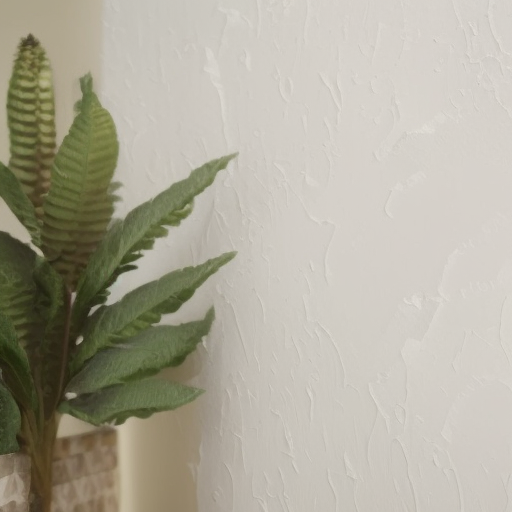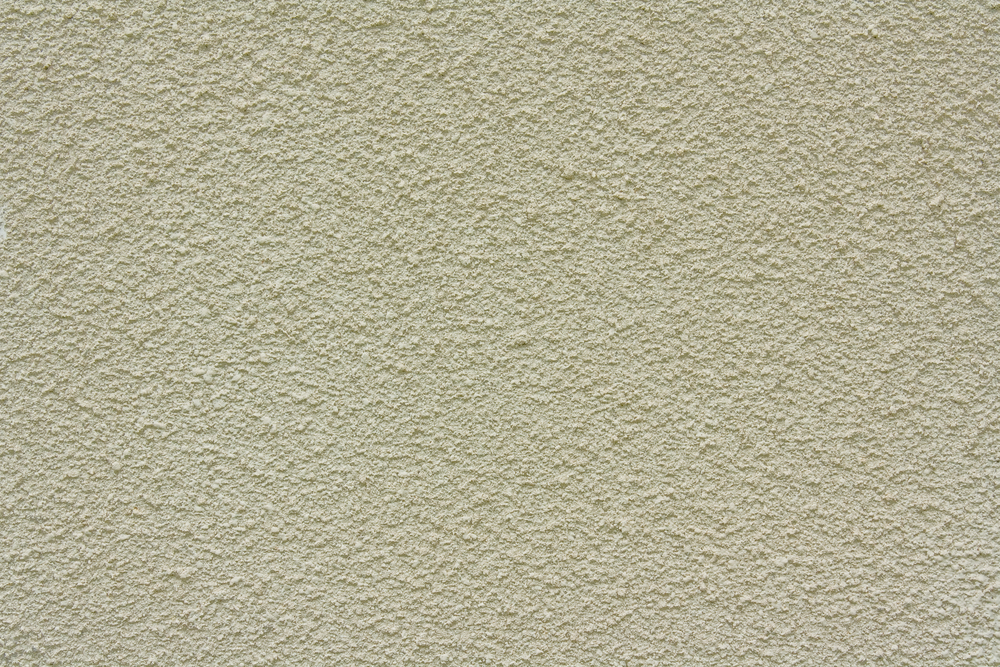Last Updated on January 27, 2023
If you’re looking to spruce up the exterior of your home, then textured masonry paint could be just what you need. Textured masonry paint is a great way to create an eye-catching feature that can really help make your house stand out from the rest on the street. But what is textured masonry paint? And how does it differ from smooth paint? In this blog post, we’ll explore everything there is to know about textured masonry paints and how they compare with their smoother counterparts – so read on if you’re interested in learning more!
Table of Contents:
- What is Textured Masonry Paint?
- Benefits of Textured Masonry Paint
- How to Apply Textured Masonry Paint
- Finishing Touches
- Conclusion
What is Textured Masonry Paint?
Textured masonry paint is a type of exterior wall coating that provides an extra layer of protection and a decorative finish to your home. It’s designed to be applied over brick, stone, or concrete surfaces and is available in a variety of colours and textures. Unlike traditional smooth masonry paint, textured masonry paint has an uneven surface with ridges and bumps that give it a unique look.
The main benefit of using textured masonry paint is its ability to protect the underlying material from weathering due to rain, snow, wind, UV rays, etc. The rough texture helps deflect water droplets away from the surface instead of allowing them to settle into cracks or crevices where they can cause damage over time. Textured masonry paints also provide better insulation than smooth paints since air pockets are created between the ridges, which help keep heat in during cold months and out during hot months.

Another advantage of textured masonry paint is its aesthetic appeal – it adds visual interest to walls by creating shadows when light hits them at different angles, as well as providing more depth than regular flat finishes do. This makes it ideal for use on feature walls, such as around fireplaces or entryways, where you want something eye-catching but still subtle enough not to overpower other elements in the room, like furniture or artwork.
Finally, textured masonry paints are often easier to clean than their smoother counterparts since dirt tends not to get stuck in all those nooks and crannies like it do with regular paints – simply wiping down with a damp cloth should do the trick. Thus, if you’re looking for something low maintenance yet stylish, then this might just be what you need.
Textured masonry paint is a great way to give your walls an interesting, unique look that stands out from the crowd. Now let’s take a closer look at the benefits of using this type of paint.
Benefits of Textured Masonry Paint
It has many advantages over smooth masonry paint, making it the perfect option for those looking to spruce up their outdoor space.
One of the main benefits of textured masonry paint is its ability to hide imperfections on the surface. The texture can help disguise small cracks and chips that may have occurred during installation or due to weathering over time. This makes it ideal for older homes and gardens where there may be some signs of wear and tear on the walls or paving stones.
Another advantage of textured masonry paint is its resistance to weathering. Its rough finish helps protect against UV rays, rain, snow, ice, wind and other elements that can cause damage over time. This means you won’t need to repaint as often as with regular smooth paints – saving you both money and time in the long run.
Textured masonry paints also come in a range of colours, so you can choose one that best suits your home’s style or colour scheme without compromising on durability or protection from the elements. Whether you want something subtle like cream or grey tones or bolder shades such as reds and blues – there are plenty of options available.
Finally, textured masonry paints are easy to apply by brush or roller, depending on what kind of finish you prefer; they dry quickly too, so there is no waiting around before adding extra coats if needed. Plus, they don’t require any special tools, which makes them an ideal DIY solution for anyone wanting a quick refreshment job at home without having to hire professionals.
How to Apply Textured Masonry Paint
Preparation
Before applying textured masonry paint, it is important to properly prepare the surface. Begin by cleaning the area with a pressure washer or brush and soapy water. Allow the wall to dry completely before proceeding. Fill any cracks or holes in the wall with an appropriate filler, such as cement-based mortar mix for larger gaps or spackling paste for smaller ones. Sand down any rough spots on the wall until they are smooth and even. Finally, use painter’s tape to cover up any areas that you do not want to be painted over, such as windowsills or door frames.
Applying Textured Masonry Paint
Once your surface is prepared, you can begin painting. Start by pouring some of your textured masonry paint into a tray and using a roller brush to apply it evenly across your walls in long strokes from top to bottom. For best results, work in small sections at a time rather than trying to cover large portions of the wall all at once; this will help ensure that everything gets covered uniformly without leaving behind streaks or patches of missed coverage. If necessary, use a putty knife or trowel along edges and corners where needed for more precise application around window sills and other fixtures. Once finished with each section, allow ample drying time before moving on to another part of the wall; typically, one hour should be sufficient but check product instructions if available for specific details regarding drying times based on temperature and humidity levels in your home environment.
Finishing Touches

Once all surfaces have been adequately coated with textured masonry paint, let them dry completely before adding any finishing touches, such as decorative trim pieces around windowsills or doorways. You may also wish to add extra texture using tools like sponges after allowing initial coats of paint enough time (at least 24 hours) to fully set into place. Additionally, consider sealing newly painted surfaces with an appropriate sealant product designed specifically for exterior applications; this will help protect against weathering damage caused by rainwater exposure over time.
Once you’ve applied the textured masonry paint, take a few extra steps to ensure that it looks perfect. From cleaning up your tools to adding any final touches, we’ll cover all of that in our next section.
Finishing Touches
Finishing touches are the perfect way to add a personal touch to any project. Whether you’re painting your house, garage or garden shed, textured masonry paint can give it that extra bit of character and style. Here are some ideas for how to finish off your project with textured masonry paint:
Decorative Elements – Adding decorative elements such as stencils or borders can really bring out the beauty of textured masonry paint. You could use a simple border around windows and doors or create more intricate designs on walls and ceilings. Stencils come in all shapes and sizes, so you’ll be sure to find something that fits with your overall design scheme.
Sealing – Sealing is an important step when using textured masonry paint as it helps protect against weathering and wear-and-tear over time. There are several different types of sealants available depending on what kind of surface you’re working with; make sure to read up on which one is best suited for your particular job before applying it.
Colour Combinations – Mixing two colours together can help create interesting patterns and textures that will stand out from the crowd. Try experimenting by mixing light shades with darker ones, or opt for complementary hues like blues and greens for a subtle yet eye-catching effect.
Adding Accessories – If you want to take things up a notch, then why not add accessories? Things like wall hangings, mirrors or even outdoor furniture pieces can really bring life into any space painted with textured masonry paint. Just remember not to go overboard – too many items will make the area look cluttered rather than stylish.
By following these tips, you should have no problem creating stunning results when using textured masonry paints. With just a few finishing touches here and there, you can transform any room into something truly special in no time at all.
Conclusion
It can be applied easily, with the right preparation and tools, and it will last for years. With its unique look, textured masonry paint can help transform any room into something special. So if you’re looking to give your home or garden an extra bit of personality, then textured masonry paint could be just what you need!
Paul is the type of person who never met a problem he couldn’t fix. He can always be found tinkering with something in his house, even if it isn’t broken! His tips and tricks are often shared on our site. He’s the one you call when something breaks because he has been known to improvise fixes for everything from leaky faucets to malfunctioning dryers.

